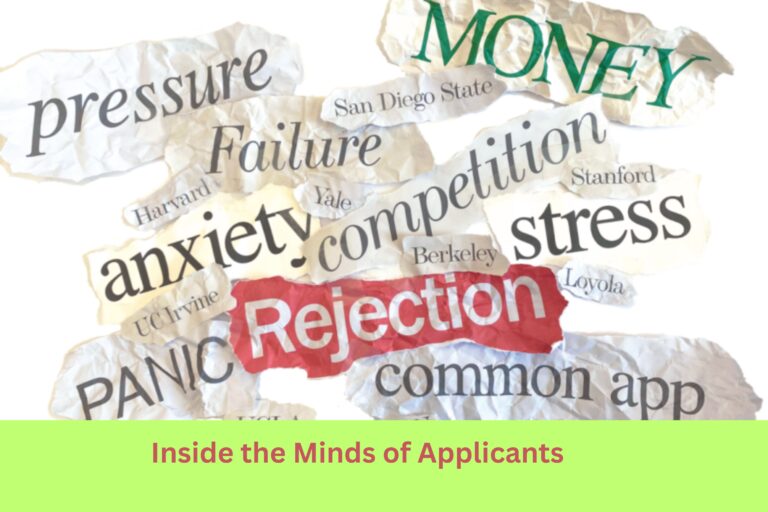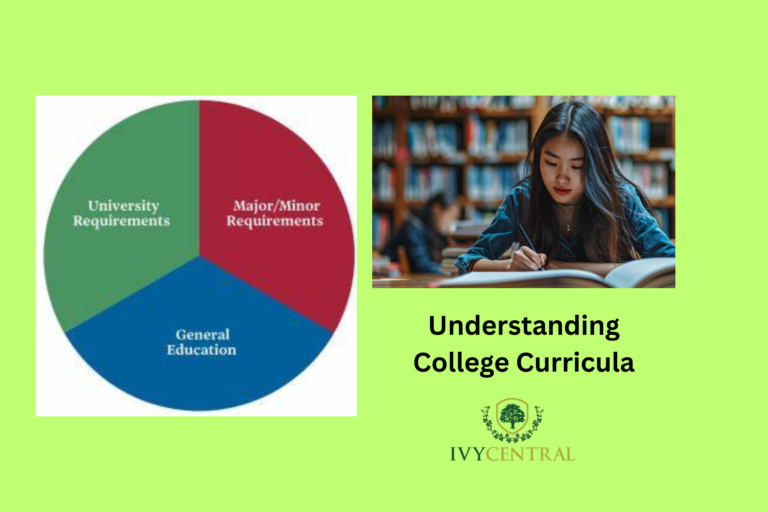
Top 10 Hardest Colleges to Get Into
In its 2025 ranking of the hardest colleges to get into in the U.S., Niche highlights institutions with the lowest acceptance rates. Based on data from the U.S. Department of Education, this year’s list emphasizes acceptance rates, reflecting their selectivity and prestige.
Methodology
Niche’s rankings are primarily based on acceptance rates, using data from the U.S. Department of Education. For the 2025 rankings, ACT and SAT scores have been removed to reflect the growing trend of test-optional admissions policies. This approach aims to provide a more holistic view of selectivity, focusing on the proportion of applicants admitted.
While researching colleges, we advise students to read the testing policies of individual universities. Many colleges that became test-optional during the pandemic and a few years following that are reinstating the SAT and ACT.
Top 10 Hardest Colleges to Get Into (2025) from Niche
| Rank | College / University | Acceptance Rate | SAT Range | Net Price | Notable Highlights |
| 1 | Minerva University | Not Available | Not Available | Not Available | Innovative global curriculum and rigorous admissions process |
| 2 | California Institute of Technology (Caltech) | 3% | 1530–1580 | $20,755 | STEM powerhouse with extremely selective admissions |
| 3 | Harvard University | 4% | 1490–1580 | $22,058 | Ivy League prestige with global influence |
| 4 | Stanford University | Not Available | Not Available | Not Available | Entrepreneurial spirit and academic excellence |
| 5 | Columbia University | 4% | 1490–1580 | $22,058 | Located in NYC, strong research and core curriculum |
| 6 | Massachusetts Institute of Technology (MIT) | 4% | 1530–1580 | $20,232 | Tech and innovation leader with rigorous academics |
| 7 | Yale University | 5% | 1500–1580 | $18,647 | Strong humanities focus and leadership development |
| 8 | Brown University | 5% | 1490–1580 | $26,723 | Open curriculum and strong undergrad focus |
| 9 | University of Chicago | Not Available | Not Available | Not Available | Emphasis on critical thinking and academic rigor |
Let us understand why these colleges are the hardest to get into:
1. Surge in Application Numbers
There has been a disproportionate surge of applications in the past decade. With the increased emphasis on holistic review of applicants, colleges are hard pressed to offer admission to more students. Accessibility to an international education is encouraging more international students to apply to U.S. institutions. The dream of studying in a prestigious institute is due to the global rankings and better career prospects, due to the value of an American degree. This global demand has intensified competition.
2. Holistic Review
Colleges are looking for a highly differentiated pool of students, placing greater importance on factors beyond academics, such as extracurricular achievements, leadership, and personal essays, making the admissions process more competitive and subjective. As a result, acceptance rates at top universities have plummeted to historic lows, with many prestigious institutions now admitting fewer than 5% of applicants. By admitting a well-rounded incoming class, universities are trying to maintain prestige, improve rankings.
3. Limited Seats
Despite rising applications, most universities haven’t expanded their class sizes significantly. The infrastructure, housing, and faculty needed to grow enrollment are expensive and slow to develop.
4. Test-optional policies
The widespread adoption of test-optional policies, especially during and after the COVID-19 pandemic, encouraged a broader and more diverse pool of applicants. However, in recent application cycles, there’s been a visible increase in students submitting standardized testing, even at test-optional schools. Data from recent admissions cycles shows that a significant percentage of accepted students at top universities submitted test scores, suggesting that optional doesn’t necessarily mean irrelevant. This is providing colleges to balance subjective components like essays and extracurriculars with more quantifiable metrics.
5. Increased Early Decision Enrollment
More schools are filling large portions of their classes through Early Decision or Early Action, which favor students who are prepared to commit early in the admission process, resulting in a further shrinking of the acceptance rate for the Regular Decision pool.
Advice for Prospective Applicants
We can broadly categorize what colleges across the U.S. are looking for in their prospective students. Remember, you are evaluated in the context of the region you belong to, the curriculum you are studying, and the number of applicants applying from your high school, especially those from India and other international locations. Applicants should focus on:
-
Academic Excellence: This is a non-negotiable element in the admission process. Maintaining a strong GPA, taking advanced classes, and challenging coursework enable colleges to know that you are a student who is ready to commit to high-level academic work.
-
Holistic Development: Participating in extracurricular activities, leadership roles, and community service. Though these are very broad areas, the best way to narrow them down would be to deep dive into your passion and do work in areas that you are genuinely passionate about. Writing a research paper and potentially publishing it, participating in high-level scientific competitions (if you want to study science), and working on impact-driven community projects that truly matter, can demonstrate to the college that you are someone who will take your learning from their college to do great things in life.
-
Compelling Personal Statements: Articulating unique experiences and perspectives is critical to humanizing your application. Colleges want to know who you are as a person. The essays provide you with the opportunity to showcase that. Your story has to be personal, showcasing your growth. Colleges also like to gauge how well you write and express.
-
Strategic College Selection: Applying to a balanced mix of reach, match, and safety schools is critical in today’s hyper-competitive scenario. Gone are the days when one could predict which college a student could get into. Today’s applicants are competitive. They are juggling multiple things. Everyone applying has a stand-out profile. An edge students can surely get is thereby applying early. As mentioned, colleges like to see students apply early as it helps them protect their yield.
The idea is to work hard and put in the best application. What happens inside the admissions office is something no one has control over. Understanding the selectivity of these institutions can help applicants set realistic goals and prepare robust applications.
All the best for the upcoming application season.






